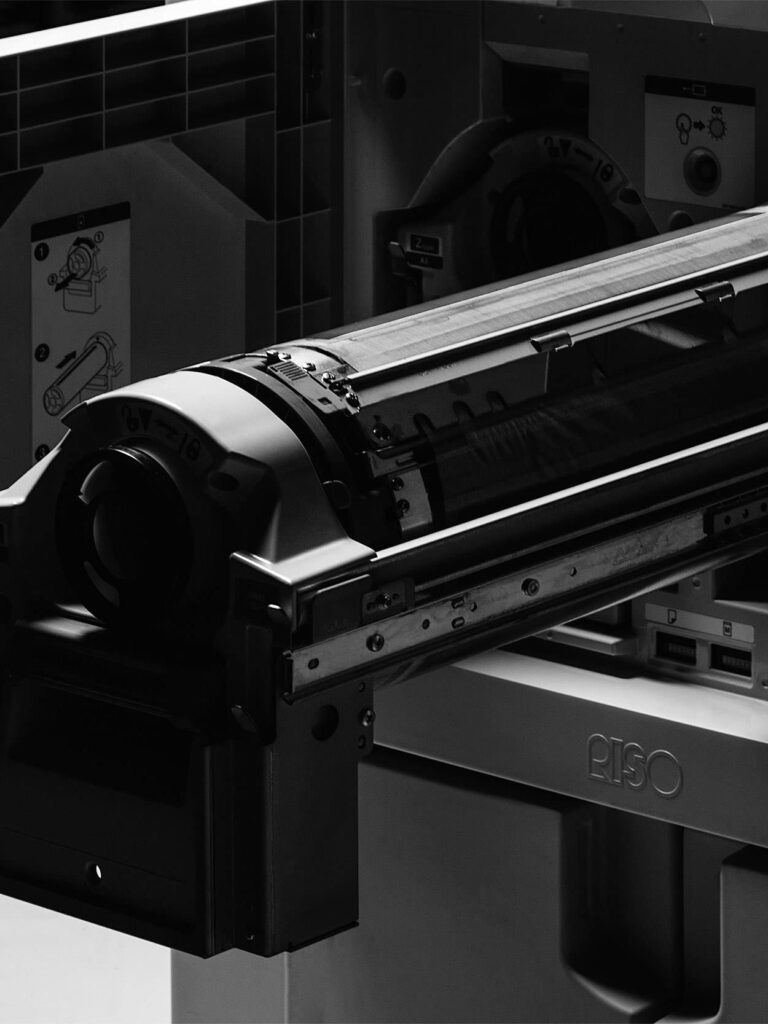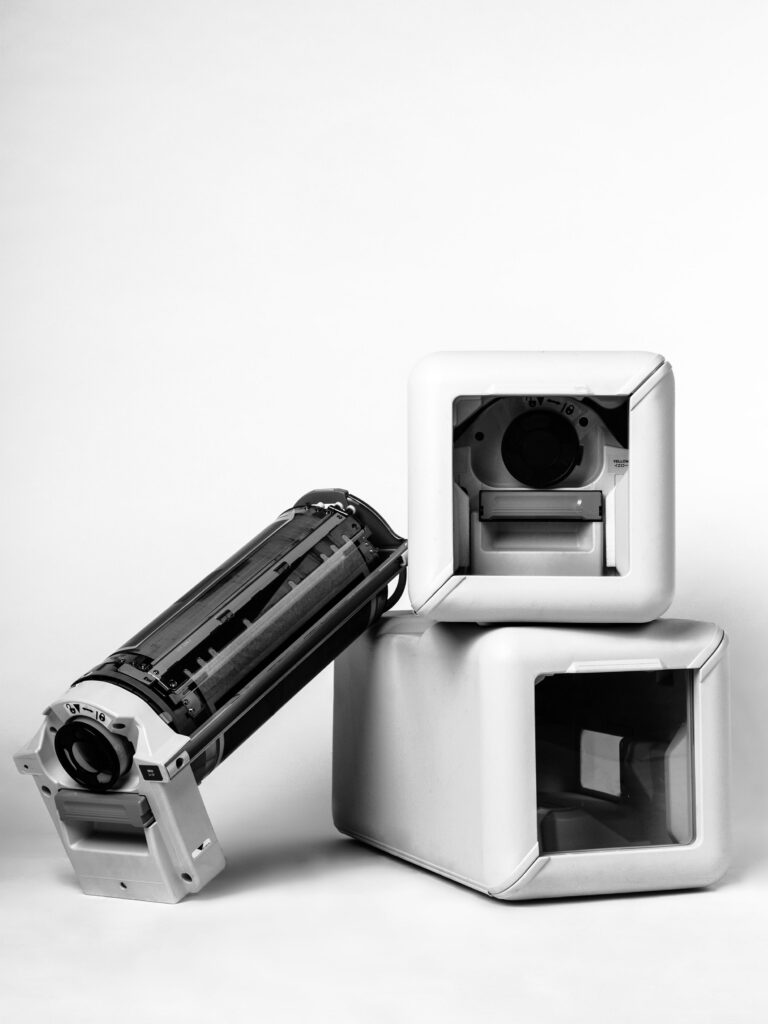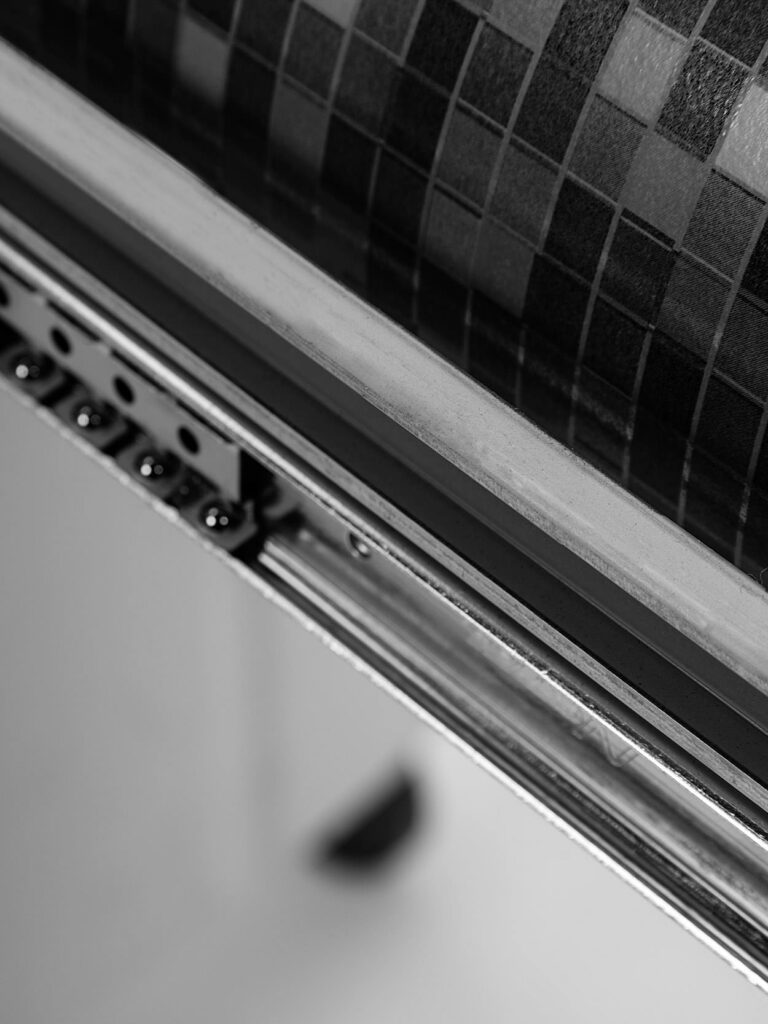8
In practice, the following problem arises: A color must be determined unambiguously in order to make it reproducible, thus the two-dimensional methods of additive (RGB) or subtractive (CMYK) color mixing are usually used. An advantage of this method is also that it can include influences in the color, e.g. the tinting of the paper by adding or subtracting this color impression into the color values. This means that if an image is in a CMYK color space for bright white paper (e.g. ISO Uncoated) and is to be printed on yellowish paper (e.g. ISO Uncoated Yellowish), it should be converted before printing to avoid undesirable results.
In order to reproduce an existing color image as accurately as possible on the risograph printable color, it is necessary to switch from these two-dimensional specification procedures to a three-dimensional procedure. The reason for this is the need to also determine the parameter L (for luminance) for the colors on the risograph. It is also important that the colors of the color palette of the risograph are spot colors. Thus an image printed in CMYK is possible in the colors blue, fluorescent pink, yellow and black, but in the end only “close to it”. In the course of the work, a variety of color spaces have thus been created, which in different ways allow the representation of color photos in special, sometimes even fluorescent colors.
To create a color profile, a source file with the primary colours of the color space has to be determined first. This file is in text format and is a tiny workaround, because when creating test charts in basICColor IMprove in the present version only predefined primary colours can be selected from a menu. By defining riso colours from Pantone values for uncoated paper and by the conversion of Pantone Solid Uncoated values into L*a*b values possible in Photoshop, it is possible to create these files yourself to use for profiling.
 1
1
 2
2
 1
1



